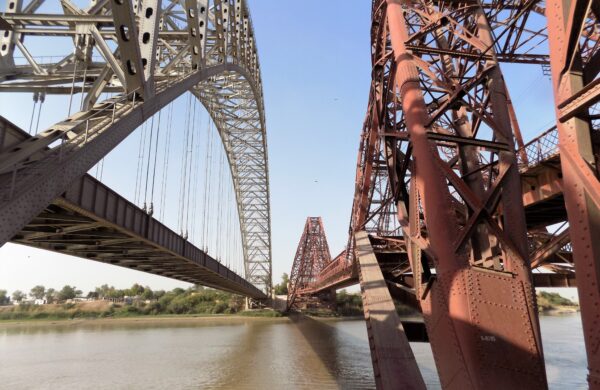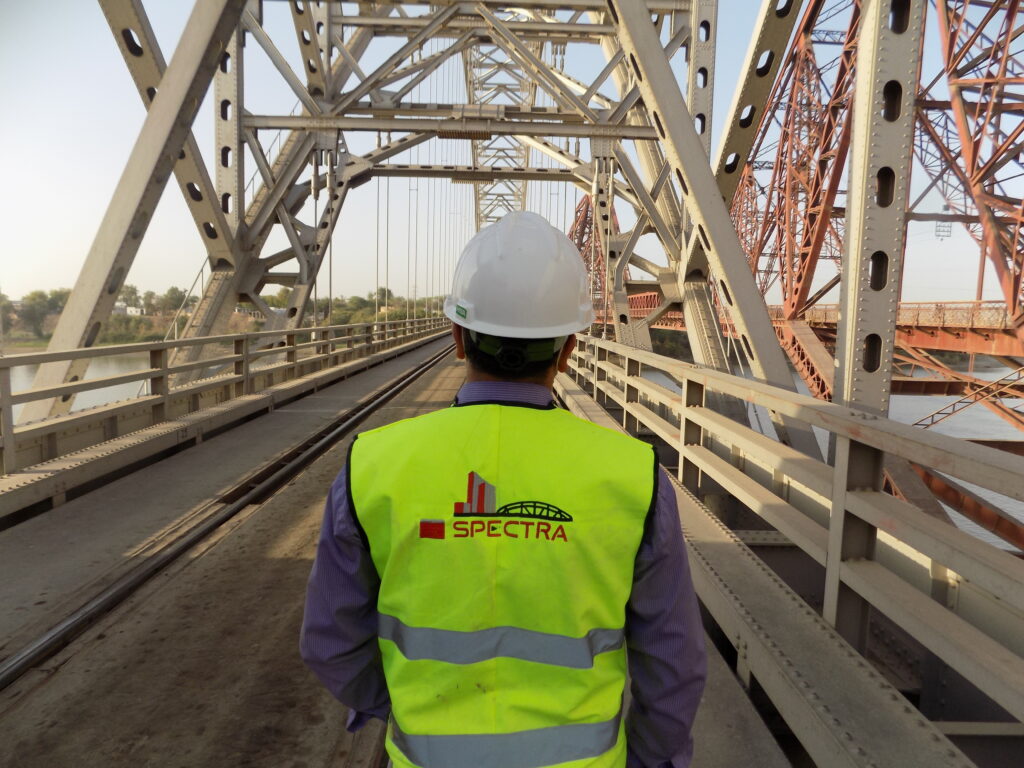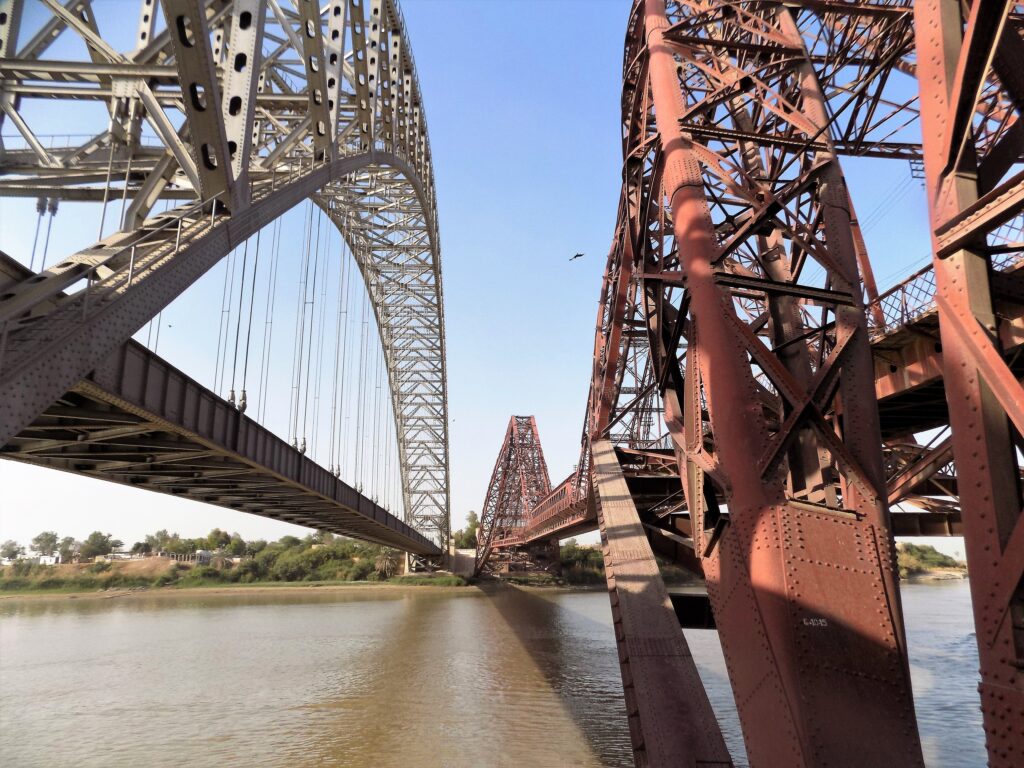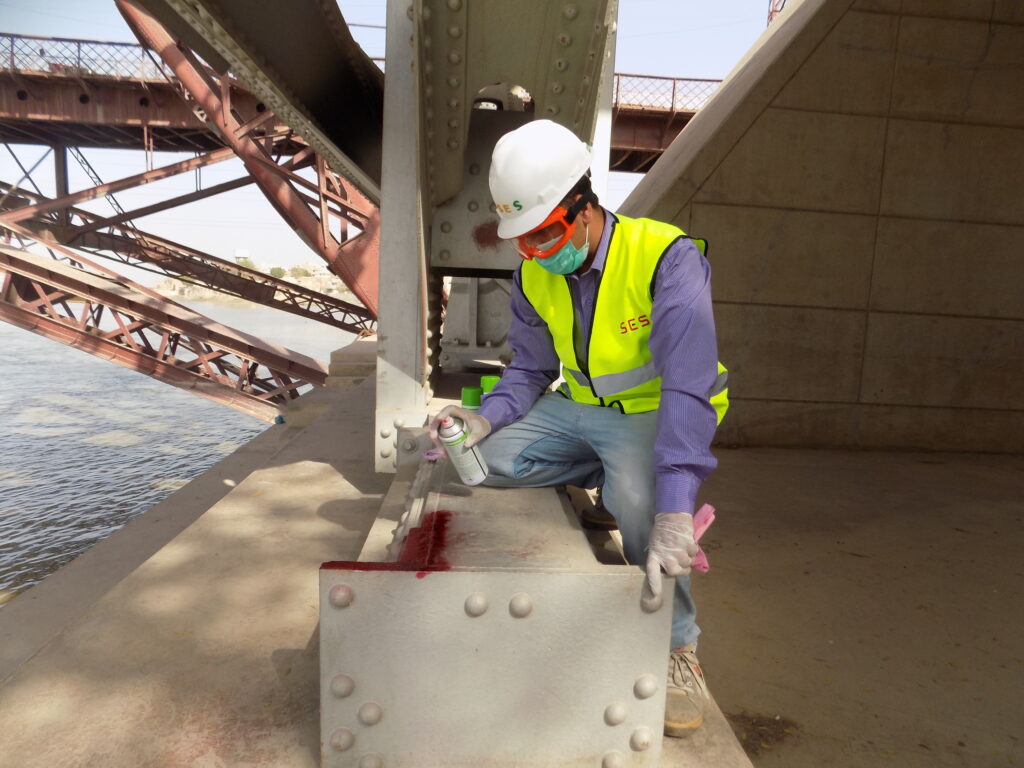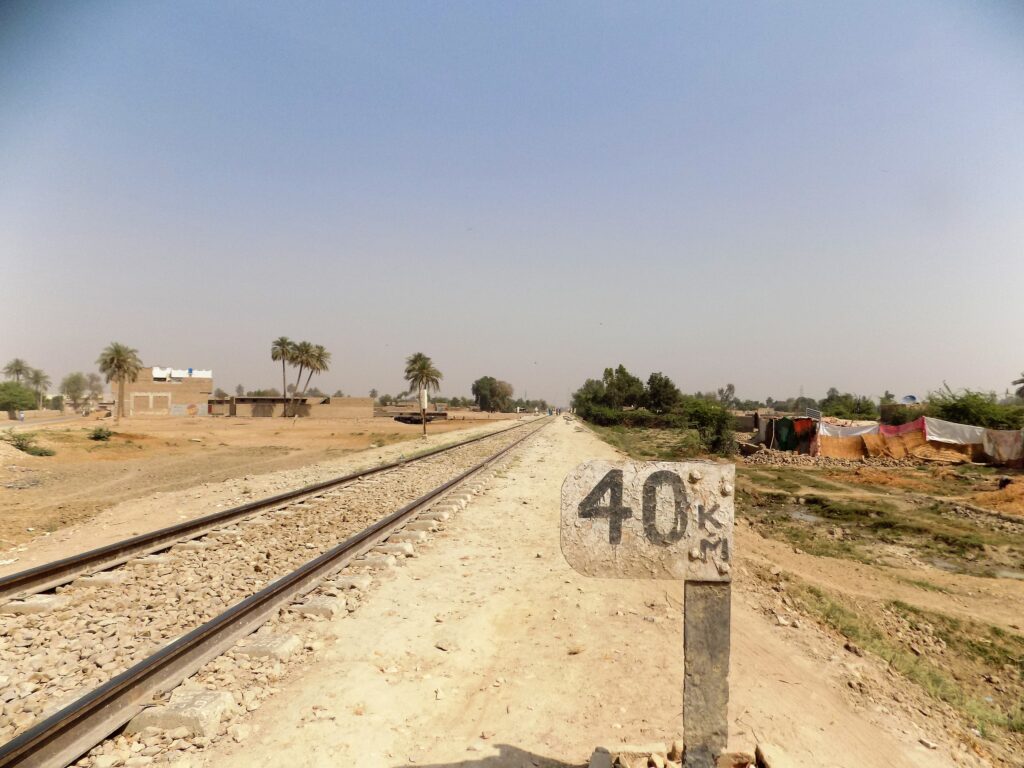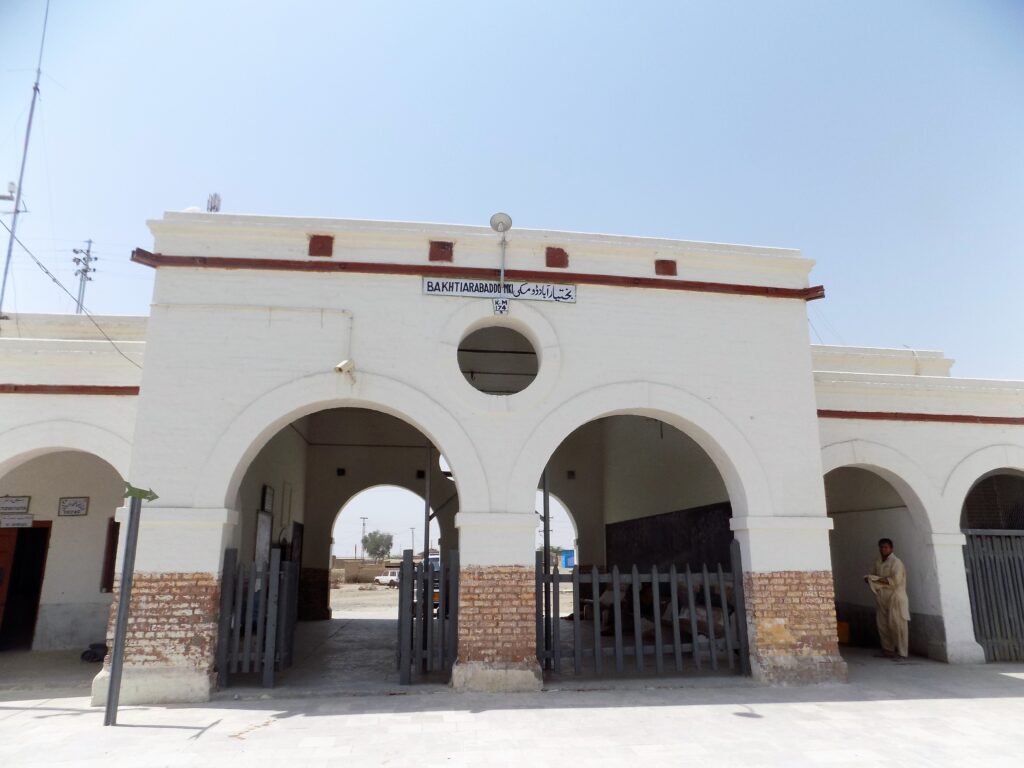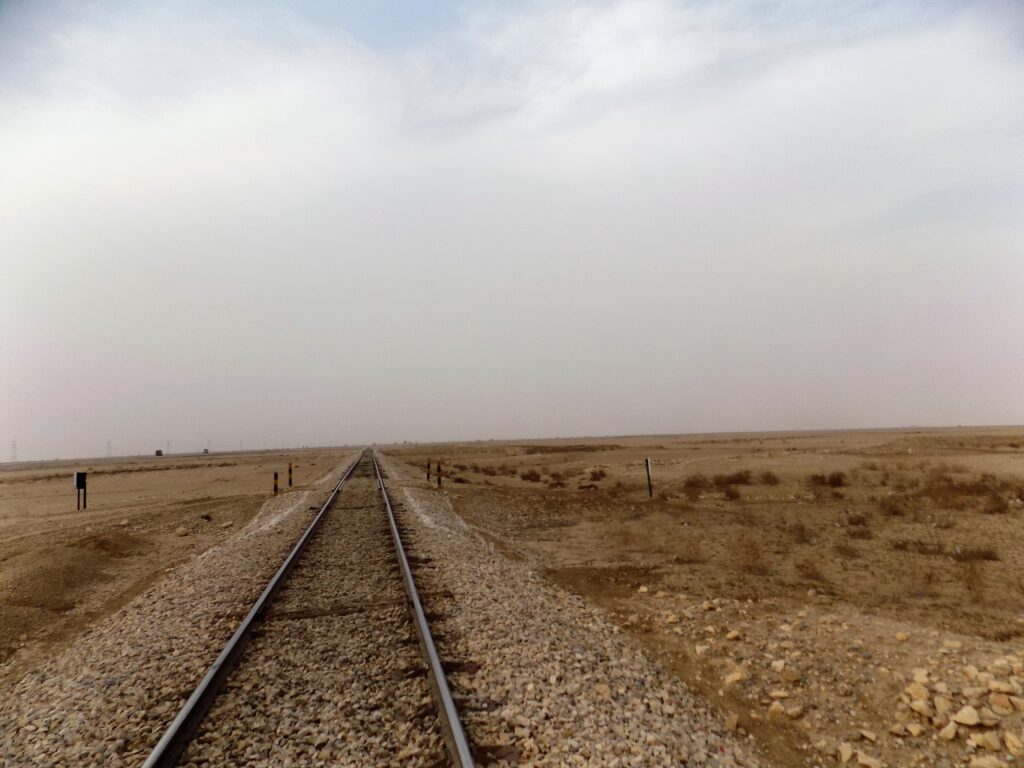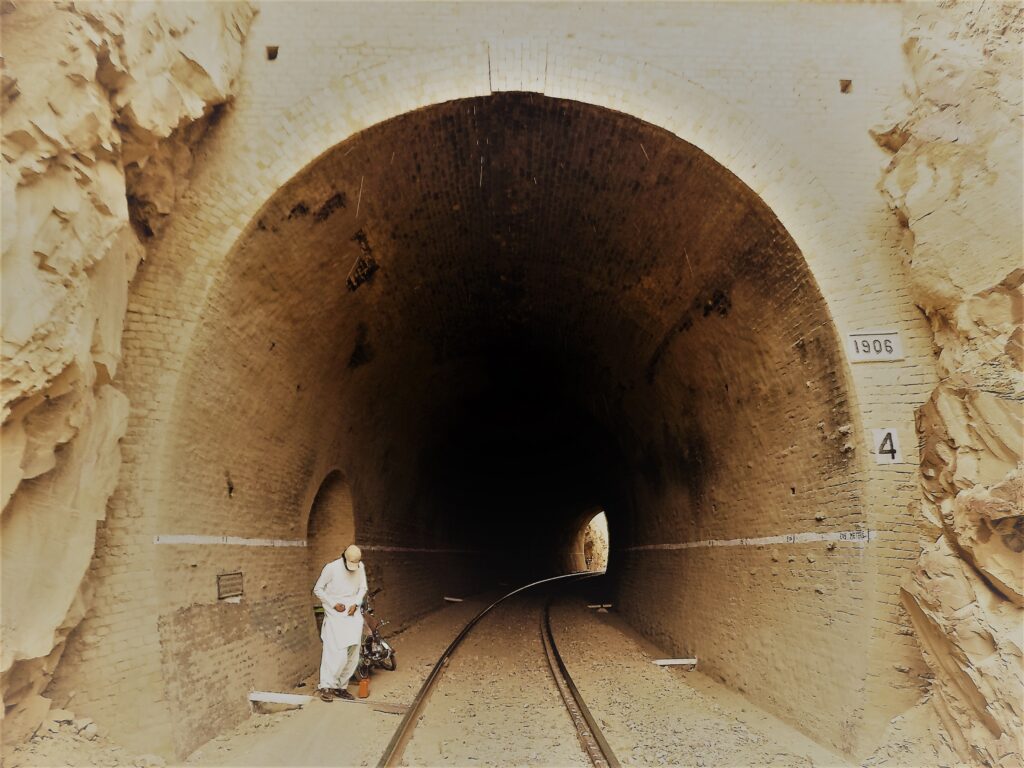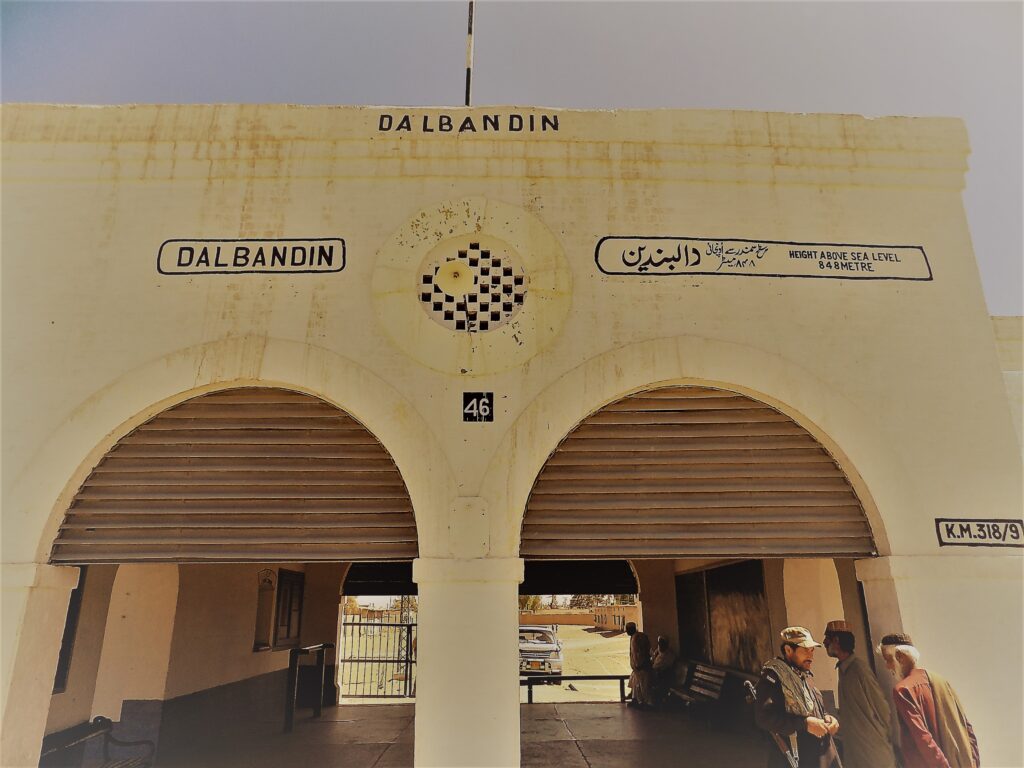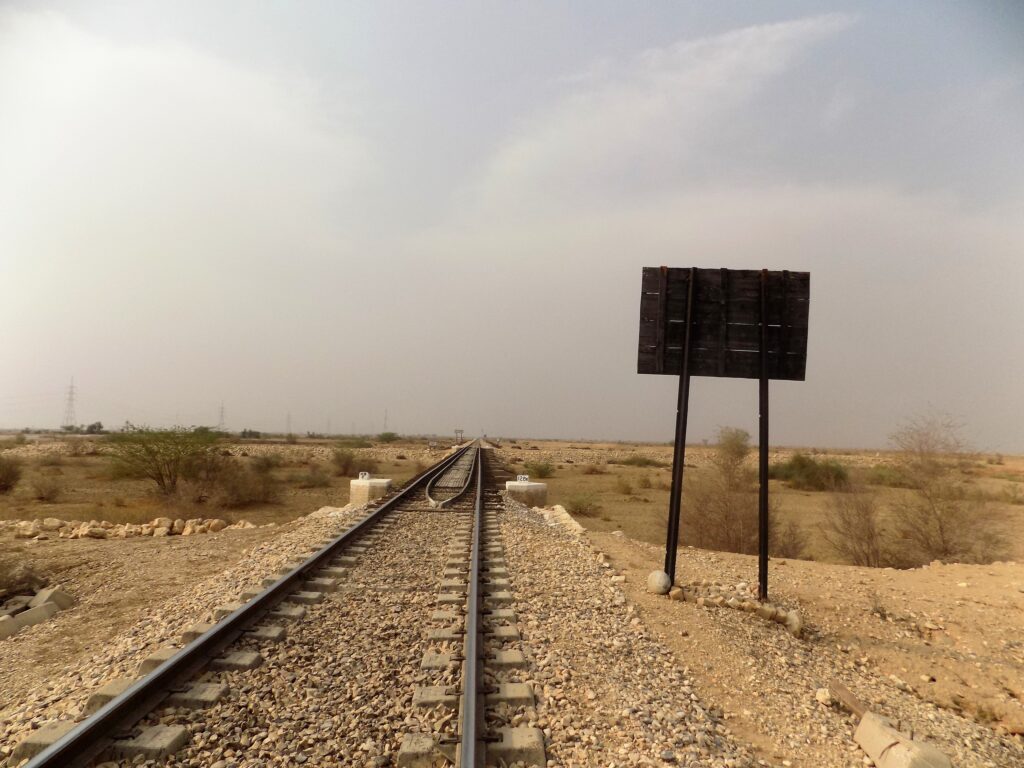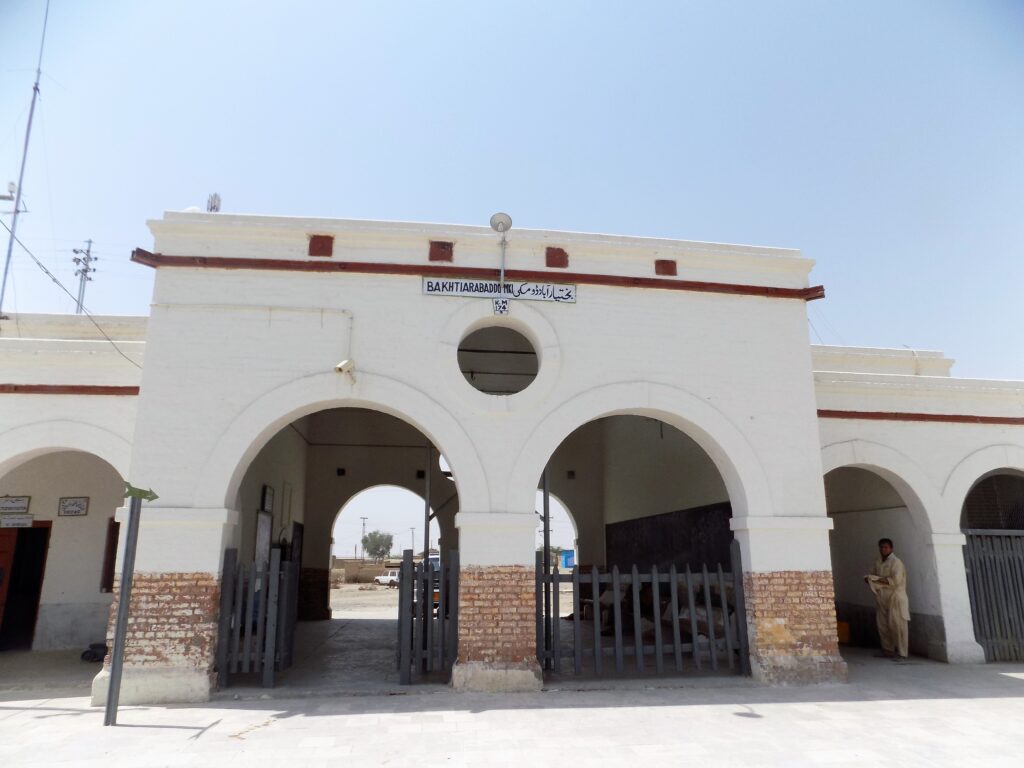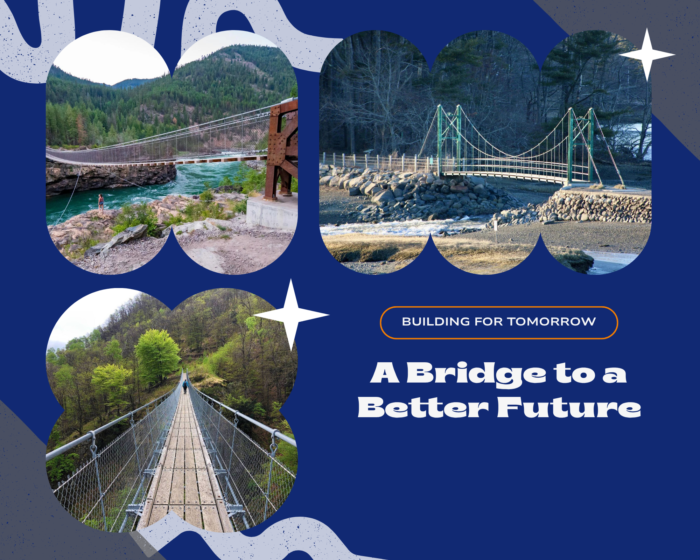Project info
- Featured Projects, Transportation
Quetta, Balochistan , Pakistan
Pakistan Railways
US$: 12.6 Billion
January 2018
August 201808
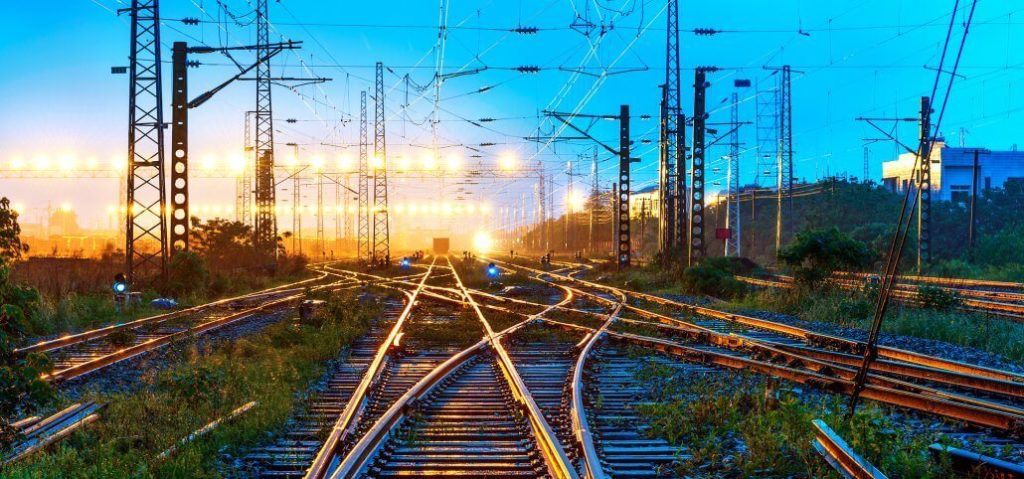
Synopsis
The national railway network of Pakistan underwent its initial development prior to the country’s independence in 1947. However, due to various issues such as system limitations, lack of funds, and management challenges, the progress of railway construction remained stagnant for an extended period. Notably, the railway network in Pakistan is characterized by an imbalance, with a greater number of north-south routes compared to east-west routes.
In Pakistan, the Quetta to Taftan and Quetta and Kotla Jam via Bostan, Zhob, and D.I. KhanRailway serves as the primary railway route connecting the east and west regions of the country. This route has been proposed to be included in the China-Pakistan Economic Corridor (CPEC) project. The rehabilitation and upgradation of sections included in the ML-3 Project, as part of the CPEC initiative, aim to enhance the level of service and overall functionality of this railway route
Narrative Description of Project
Pakistan Railways has made the decision to conduct a feasibility study to establish a connection between Quetta and Kotla Jam via Bostan, Zhob, and D.I. Khan. Additionally, there are plans to upgrade the existing railway line from Rohri to Kohl-Taftan, incorporating the realignment of the Sibi-Spezand section. The infrastructure redesign aims to accommodate a design speed of 160 km/hr and an axle load of 25 tonnes, covering a distance of 1022 kilometers.
By enhancing the existing railway track and constructing new sections, the duration of freight transport will significantly decrease, resulting in cost reductions and bringing forth notable economic benefits.
Description of actual services provided
The services rendered includes;
• Conducted a topographical survey.
• Designed alignment with longitudinal profile and cross sections.
• Established easement for sharp curves and grades.
• Assessed track conditions.
• Analyzed bridges.
• Examined the feasibility of upgrading/converting level crossings.
• Studied yards, water supply, drainage systems, buildings, and boundary walls.
• Conducted transportation study and analysis.
• Conducted geological, geotechnical, and seismological studies.
• Conducted hydrology study.
• Conducted surveys and studies on environmental and resettlement impacts.
• Conducted financial and economic analysis.
• Conducted surveys on signaling and telecommunication systems.
• Conducted electric power study.
• Assessed rolling stock.
• Developed a feasibility study-level design.
• Prepared bill of quantities (BOQ) and cost estimates.

